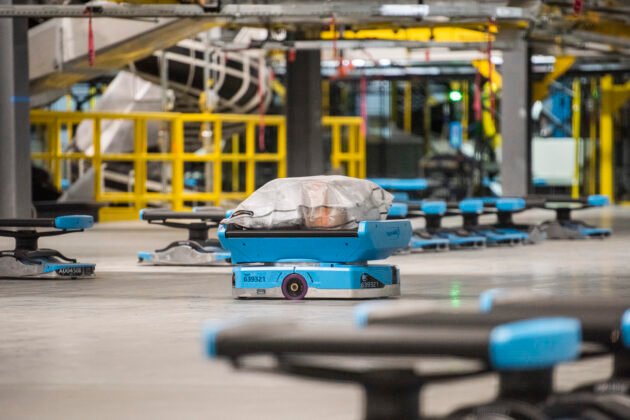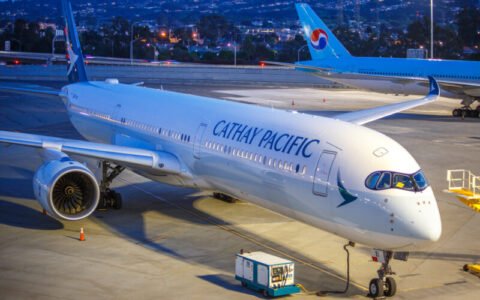Amazon Inc recently announced it has finished developing its US$1.5 billion air hub located at the Cincinnati/Northern Kentucky International Airport and has also commenced operations there.
Amazon started building the 800,000 sq ft facility in 2019, which boasts robots, miles of conveyor belts, and more.
A big benefit of having a centrally located place to process packages and get them on planes is speed— that’s why UPS has a hub in Louisville, Kentucky; FedEx ships many packages through Memphis, Tenessee; and DHL has a hub in Cincinnati/Northern Kentucky, now with Amazon at the same airport.
Amazon said that the cargo hub will help with the “rapid transport of customer packages throughout the US.”
Jeff Bezos also made that argument, tweeting that the hub would help customers get packages faster when the company broke ground on the site.
Amazon’s estimates of processing “millions of packages every week” at its air hub once it becomes fully operational shows that it’s become a massive shipper in its own right, one that’s interested in keeping the packages within its control at every step.
Analysts have speculated that Amazon could be looking to use its logistics prowess to deliver other company’s packages and not just its own, and for that a centrally located logistics hub would certainly be an important investment.
No surprise, the company has recently been investing in personal transportation companies like Zoox and Rivian.
Amazon has been working on expanding its air capabilities since it started on its fleet in 2016. The company even purchased 11 planes for itself earlier this year.
In April 2021, Amazon had over 70 planes working as part of its transportation and logistics network, according to a press release put out by the company.
In 2019, Amazon stopped working with FedEx for air and ground transportation of its packages and its massive investment into the Cincinnati/Northern Kentucky facility indicates that the company is looking to take even more control over the air portion of its logistics chain.







